Magnetism for Kids: Introduction to Magnets and Magnetism
March 15, 2022
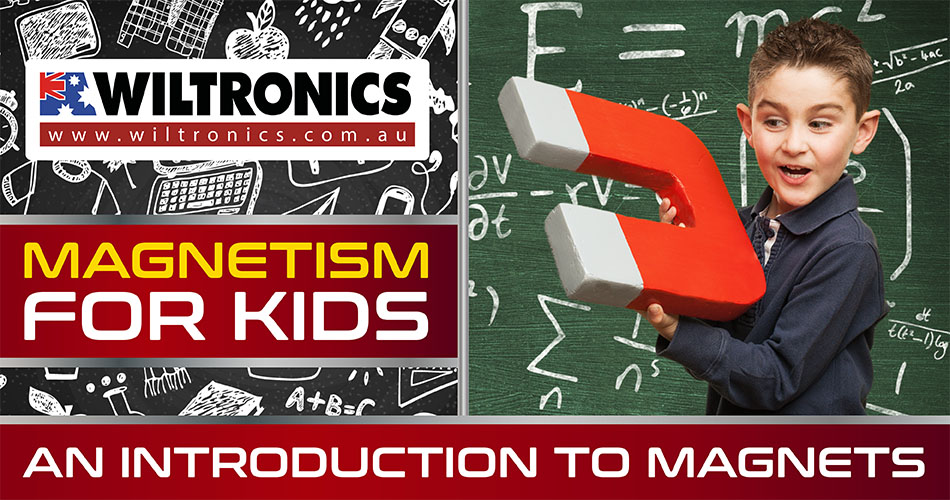
A friendly introduction to magnetism for kids!
The field of Science, particularly Physics, has plenty to offer to younger generations. Along with electricity and gravity, another basic force of nature worth learning about is magnetism.
To better understand the force of magnets, we will break down all the basics for kids and adults. How does magnetism work all around us? Let us find out together!
Magnetism for Kids: Magnets
Magnets are like magic tools; they are fasinating objects that have an interesting effect on the world around them. A magnet is a piece of metal or rock that can pull certain types of metal towards itself.
Behind its ‘invisible power’ is a force — an influence that causes a push or a pull of an object. A great example of this is the gravity that keeps you from floating off the ground.
In the nature of magnets, this force is known as magnetism. This is the force that makes your favourite souvenir magnet stick to your fridge.
But before we carry, we will explain how magnets attract and repel objects. The magnetic field, as they call it, plays an important role in how magnetism works all around you.
How do magnets produce a magnetic field?
The structure of magnets consists of a North and South Pole.
In our planet’s geography, the North Pole is at the northernmost point, a.k.a. where all lines of longitude meet. The same goes for the South Pole, which is at the southernmost point, a.k.a. on the opposite end of the Earth.
In magnets, these poles are the strongest parts. The end that faces the north is called the north-seeking pole, or simply, the North Pole of the magnet. Meanwhile, the other side is the South Pole.
When two magnets are brought together, the opposite poles attract each other, e.g. the North and South poles. In contrast, two like poles, e.g. two North or two South poles, repel each other. This works like electric charges.
Now, this is where the term magnetic field comes into the picture. A magnetic field is an area around a magnet that attracts and repels objects.
If you place a metal inside the magnet’s field, it will be drawn to it. For instance, sprinkle iron filings around a magnet; this is the simplest way to see a magnetic field. Safety note: Always wear eye protection when handling metal filings.
As these filings are scattered, they become temporary magnets through magnetic induction. They line up end-to-end.
Picture the filings clumping together around the poles of the magnet. Move the magnet, and they will do the same thing. This indicates that this is where the magnetic field is strongest.
Bonus: Earth’s magnetic field in relation to magnets
Our planet Earth works as a huge magnet thanks to its own magnetic field. Take compasses that adventurers use, for example.
A compass has a needle in the middle, which is a magnet. One side of the needle is the North Pole, and the other side is the South Pole. How it works is simple:
- The North Pole needle is attracted to the Northern Hemisphere;
- The South Pole needle is attracted to the Southern Hemisphere.
Magnetism for Kids: Magnetic Objects
As stated, a magnetic field is an area around a magnet that has a magnetic force. Keep in mind that all magnets have a magnetic field, no matter how big ot small they are.
Moreover, magnetism works over a distance. This means that a magnet does not need to touch an object to pull it closer.
It works like the “Carpe Retractum Spell” in Harry Potter, but without a wand, of course. The existing magnet would be the caster and the metal it wishes to pull closer would be the target.
And things that are attracted to magnets are called magnetic objects. Magnetic objects are made of metal, but not all metals are magnetic. Interesting, is it not?
The common magnet metals include iron, cobalt, nickel, and some alloys of rare-earth metals. You can turn one of these magnetic materials into a magnet by rubbing it with an existing magnet.
Note: A strong magnet can attract a magnetic object through a table.
Hard and soft magnets
Once these magnetic objects become magnets, they can stay magnets forever. Eventually, they will be known as hard magnets.
On the other hand, they can also act like ‘temporarily’ magnets after being near a hard magnet. In such cases, they are known as soft magnets.
Note: Other materials like water, air and wood have very weak magnetic properties.
Magnetism for Kids: Magnetisation
Magnetism occurs when tiny particles called electrons act in a certain way. With atoms, which are made up of electrons, including neutrons and protons, the electron spins around the atom’s nucleus. From there, the spinning electrons form tiny magnetic forces.
In some cases, electrons spin in different, random directions. This causes them to cancel each other out over time. But when they spin in the same course, all the tiny magnetic force from this adds up to make the object one big magnet.
How to apply magnetism to magnet metals? Take a magnet and a piece of metal (e.g. iron) and rub them together in the same direction. Do it continuously; then, the electrons in the metal will begin to spin in the same course = magnet.
This is called magnetisation.
Magnetism for Kids: Electromagnetism
Electricity is a flow of electrons and, therefore, can also create magnets. As electrons move through a wire, they create the same effect as electrons spinning around the nucleus of an atom.
Wrap a wire around an iron bar and run the current through the wire. Expect a very strong magnet outcome in return. This is called electromagnetism.
The Bottom Line
One of the earliest uses of magnets are compasses. A compass indicates the direction and is an important instrument for navigation. This is made possible all thanks to the needle magnet.
Today, magnets are nearly everywhere! Magnets hold papers on refrigerator doors (e.g. fridge magnets).
They also hold the doors shut, and even credit cards have a magnetic strip. You will also find magnets on stereo speakers and other electric motors that use electromagnets.
Here is a quick recap of what magnets and magnetism are about:
- A magnet creates an invisible area of magnetism all around it called a magnetic field.
- Magnets have two poles: the North and South poles.
- Things that are attracted to magnets are called magnetic objects.
- You can turn iron, cobalt, and nickel into a magnet by rubbing it with an existing magnet. This is called magnetisation.
- Electricity is a flow of electrons and, therefore, can also create magnets. This is called electromagnetism.
If your kid is interested in this pursuit of learning magnetism, check our offers below!
Magnetism for Kids: Demonstration and Learning
We stock a range of products for Magnetism demonstration and learning. Get compasses, a 3D magnetic induction line demonstration pair, or a magnet needle & stand set.
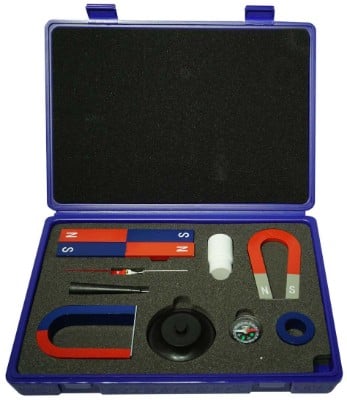
1. 7 Piece Magnet Teaching Kit Supplied in Case
Product code: LQ9159
This learning kit is ideal for Science fair projects or classroom demos. It comes with a bar magnet, a magnetic needle & stand, U magnet, horseshoe magnet, ring magnet, compass, and iron filings.
They can sharpen students’ observation skills while also stimulating questions. Supplied in case (247×182×68mm).
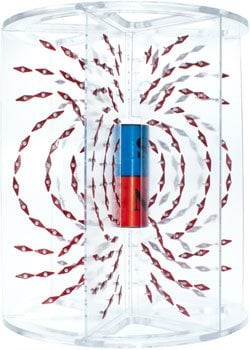
2. 3D Magnetic Induction Lines Demonstration Pair
Product code: LQ9162
A spectacular demonstration of magnetic field lines in 3D. This set of 2 magnetic induction line demonstrations features a bar and U-magnets, respectively.
They are an excellent resource for studying magnetism in the lab!
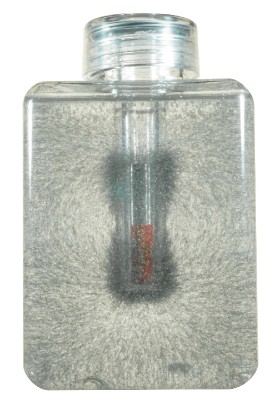
3. Magnetic Field Observation Tank by Narika Corporation
Product code: LQ9166
Using this observation tank, you can observe magnetic force fields. You can demonstrate this with or without the use of overhead transparency. It comes with a magnet, too!
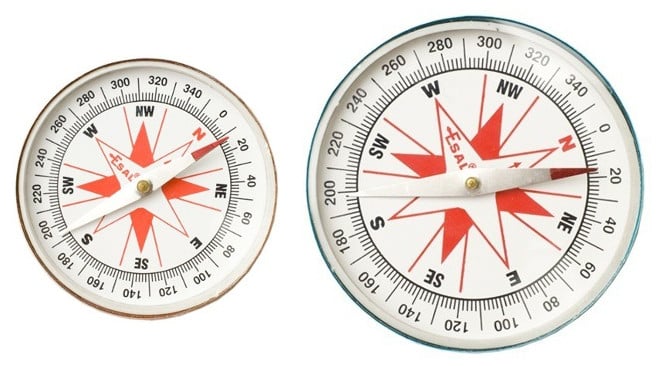
4. Compass Aluminum
Product code: LQ915x
This Compass Aluminum is light in weight and has a full 360-degree scale with round edges. They are ideal for use with the demonstration of magnetic fields.
Great for the physics lab or classroom. Available in 75mm and 100mm diameter.
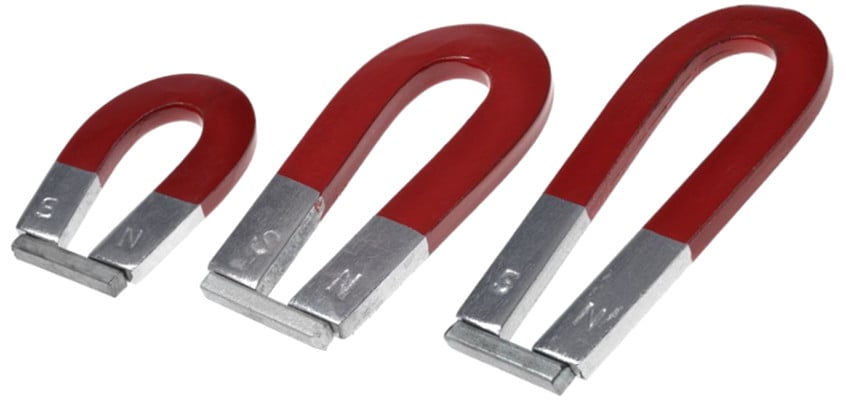
5. Horseshoe Magnet with Keeper
Product code: SW2050
This horseshoe magnet is light and more powerful than our U-shaped magnets. The shape makes it more powerful by pointing poles in the same direction and producing a powerful magnetic field.
Supplied with a keeper and available in three sizes: 50mm, 75mm, and 100mm.
© Electrotech Brands Pty Ltd 2022


Write a Comment
You must be logged in to post a comment.